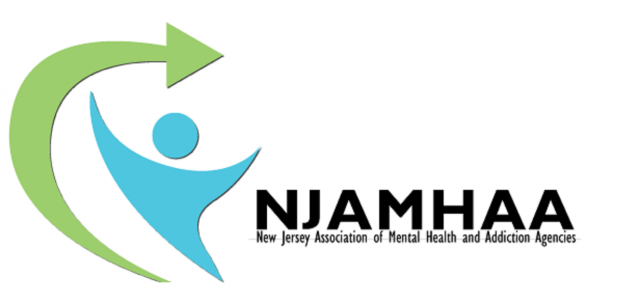May 10, 2022
As the mental health crisis continues to wear on in the U.S., an increasing number of youth are vying for a limited number of treatment openings. The situation can become even worse when those individuals are mandated such treatment by emergency room doctors.
At Boston Children's Hospital in spring of 2021, a 15-year old girl was rushed to the emergency room by her parents. She had marks on both wrists from self-harm and a recent suicide attempt, and she had confided in her pediatrician that she planned to try again. At the emergency room, a doctor explained that she was not safe to go home and that she would have to be admitted. Normally, the best place for such cases is an inpatient treatment center where youth can receive individual and group therapy in a calmer, communal setting, to become stabilized and to return to regular life.
However, the doctor told the girl and her parents that there were no openings at any of the treatment centers in the region, and that she would need to remain at the hospital until one became available. The girl then joined 15 other adolescents who were already housed in the hospital's emergency department, waiting for openings at a youth mental health treatment center. All of these individuals, at this one hospital alone, were forced to sleep in hospital exam rooms, for an average of 10 days before treatment program spots became available.
The girl this story follows ended up having to stay at the hospital for nearly a month before a treatment spot became available. She was housed for a portion of her time there in a "psych-safe" room, from which any equipment that might be used for self-harm was removed, she was forbidden to use electronics, and her door was kept open 24/7 so that she could be monitored. As reported on nytimes.com, the girl recalled in an interview that this room was, "padded, insane-asylum-like . . . Just walls - all you see is walls." Her mother was also quoted saying that her daughter grew "catatonic," and that "In this process of boarding, we broke her worse than ever."
According to the Centers for Disease Control and Prevention (CDC), in 2019, 13% of adolescents reported havingmajor depressive episodes, representing a 60% increase from 2007. Additionally, suicide rates, which were relatively stable from 2000 to 2007, have increased by nearly 60% from then to 2018.
The mental health crisis is worsening, and the number of facilities to care for people in need, particularly youth, has not kept up with the need for services. According to the most recent federal government survey, the number of residential treatment facilities for people under the age of 18 fell by 30% from 2012 to 2020. The total number of such facilities in the U.S. fell from 848 to 592 in the span of eight years.
A study published in JAMA in November of 2021 found that 87 of 88 pediatric hospitals included in the study regularly board children and adolescents overnight in emergency rooms, with an average of four boarders per day with an average stay of 48 hours. JoAnna K. Leyenaar, a pediatrician at Dartmouth Hitchcock Medical Center and the study's lead author, was quoted on nytimes.com saying, "There is a pediatric pandemic of mental health boarding."
Click here to read more on this story.



